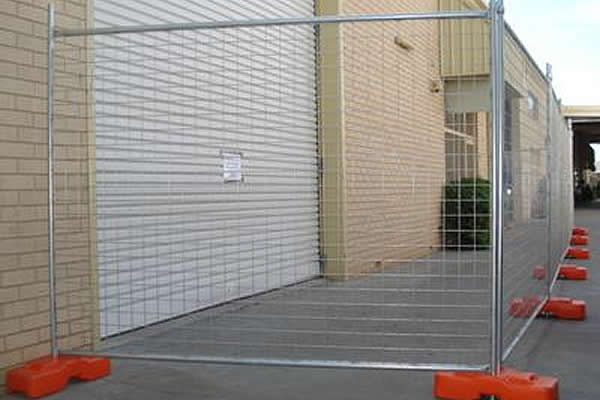 TEL:
+86-13102802206
TEL:
+86-13102802206
 Email:
fencenetting@china.com
Email:
fencenetting@china.com
 Language
Language
 TEL:
+86-13102802206
TEL:
+86-13102802206
 Email:
fencenetting@china.com
Email:
fencenetting@china.com
 Language
Language


The Symbolism and Functionality of Barbed Wire Fence Posts
Barbed wire fences have been a defining feature of agricultural and industrial landscapes since the late 19th century. Their primary utility lies in their ability to contain livestock, demarcate property lines, and enhance security. However, barbed wire fences, particularly their posts, have come to symbolize much more than mere boundaries; they represent control, protection, and sometimes, oppression.
The Origins of Barbed Wire
Barbed wire was invented in the 1860s and quickly became a game-changer for farmers in the United States. Traditional fencing, made from wooden rails or stone walls, was often expensive, labor-intensive, and not effective for keeping cattle contained. The introduction of barbed wire provided a cost-efficient and practical solution. The wire itself is composed of strands fortified with sharp barbs that deter animals from pushing against it. This invention not only revolutionized the way land was managed but also altered the American landscape, as miles of barbed wire began to snake across prairies and pastures.
The Role of Barbed Wire Fence Posts
At the heart of a barbed wire fence is the fence post. Made typically from wood, metal, or concrete, these posts serve as the backbone of the entire structure. Without them, the tension provided by the barbed wire would be non-existent, rendering the fence ineffective. The spacing of fence posts—typically between 8 and 12 feet apart—plays a crucial role in maintaining the integrity of the fence. Their placement reflects thoughtful planning based on terrain, soil type, and the purpose of the fence. For instance, a fence meant to keep deer out might require sturdier posts at closer intervals than one intended to simply outline property boundaries.
Practical Applications
The benefits of barbed wire fence posts extend beyond mere containment of livestock. They can be crucial in various settings, including
1. Agriculture Farmers use barbed wire to protect crops from wildlife and to contain free-ranging livestock. The cost-effectiveness and durability of barbed wire make it a go-to choice for many agricultural operations.

2. Security Barbed wire fences are commonly employed in prisons and high-security areas. The sharp edges serve as a deterrent to potential intruders and provide an additional layer of security.
3. Wildlife Management In some regions, barbed wire fencing is used to manage migratory paths of animals, ensuring that both wildlife and agricultural interests can coexist.
4. Property Demarcation Property owners use barbed wire fences to clearly delineate ownership boundaries, reducing disputes over land use. The physical barrier established by the fence serves as a clear indicator of where one property ends and another begins.
The Symbolic Weight of Barbed Wire
While the functional aspects of barbed wire are significant, the symbolism it carries cannot be overlooked. Barbed wire has been used historically in various contexts, from the trenches of World War I to the borders of refugee camps. In these instances, it represents confinement, restriction, and separation.
Modern interpretations of barbed wire often carry a dual meaning. On one hand, it is seen as a protective barrier; on the other, it is viewed as a symbol of division and exclusion. Art installations and literature have frequently employed the imagery of barbed wire to evoke feelings of entrapment and loss, creating powerful narratives around freedom and restriction.
The Future of Barbed Wire Fencing
As society evolves, so too will the practices surrounding barbed wire fencing. The rise of sustainable farming and wildlife conservation efforts necessitates a re-evaluation of traditional fencing methods. In some cases, less invasive fencing, such as electrical or wildlife-friendly barriers, may replace barbed wire to accommodate both livestock and wildlife.
In conclusion, barbed wire fence posts are more than simple tools for delineating property lines; they embody a complex interplay of functionality and symbolism. Their presence marks human attempts to control and organize land while also reflecting broader themes of division and connection. As we move forward, it will be essential to balance these traditional practices with modern values of sustainability and coexistence.